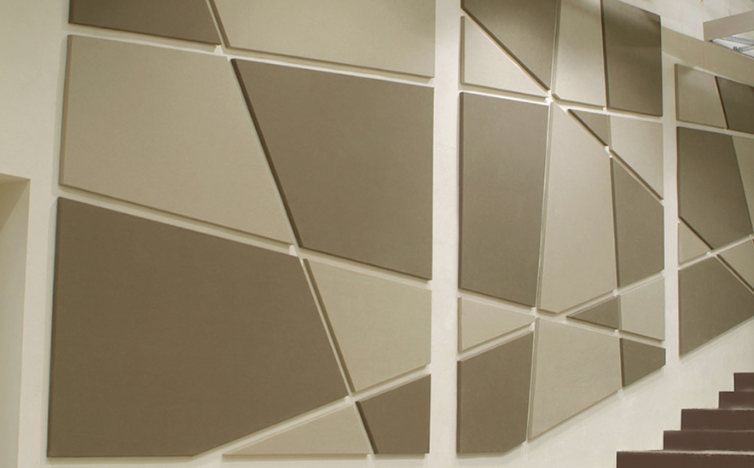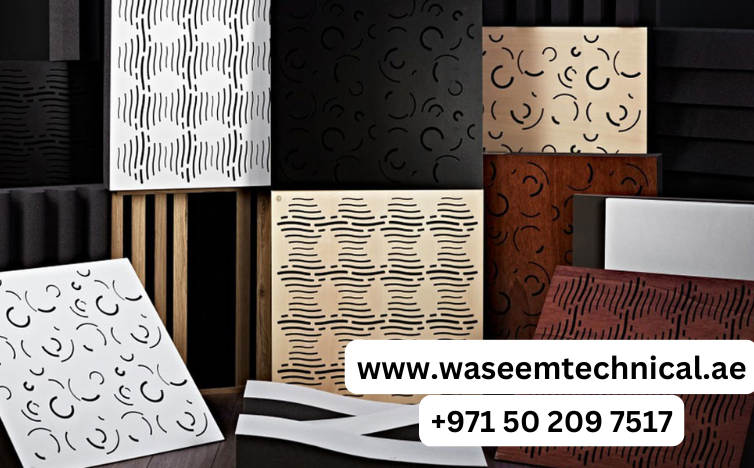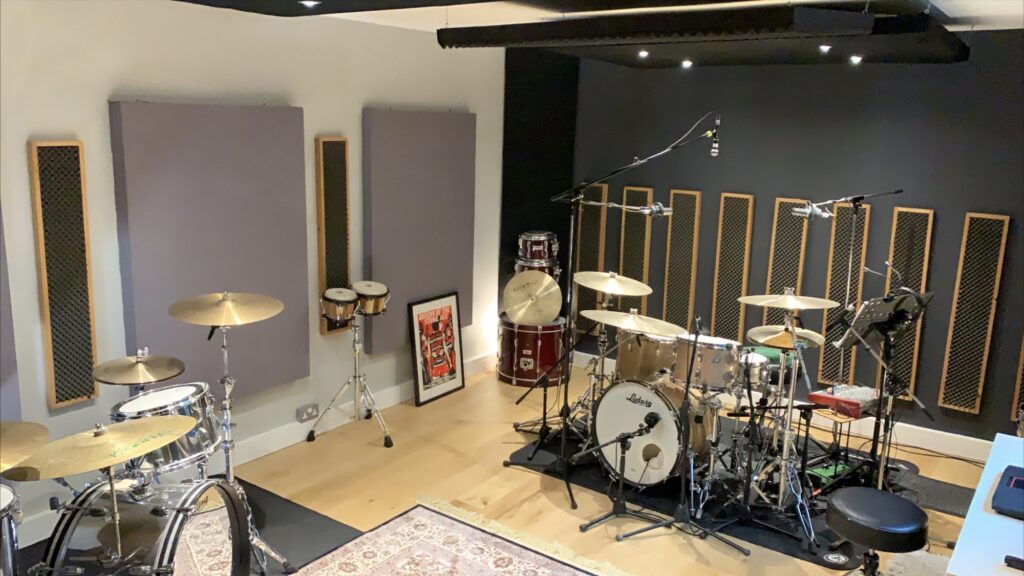Acoustic panels play a vital role in managing sound quality by reducing noise, echo, and reverberation. These panels are widely used in offices, recording studios, home theaters, and other environments where sound clarity is crucial. However, different types of acoustic panels serve different purposes. This guide compares various types of acoustic panels to help you choose the right one for your needs.
1. Foam Acoustic Panels
Foam acoustic panels are among the most common and affordable soundproofing solutions. They are made from polyurethane or melamine foam and have a porous structure that absorbs sound waves.
Pros:
- Lightweight and easy to install
- Affordable
- Effective at reducing mid-to-high-frequency noise
Cons:
- Limited effectiveness against low-frequency sounds
- Less durable compared to other types
2. Fabric-Wrapped Acoustic Panels
These panels consist of a sound-absorbing core wrapped in fabric, providing both aesthetic appeal and functionality. They are commonly used in offices, conference rooms, and auditoriums.

Pros:
- Available in various colors and designs
- Highly effective at absorbing a wide range of frequencies
- Durable and long-lasting
Cons:
- More expensive than foam panels
- Requires professional installation for the best results
3. Perforated Wood Acoustic Panels
These panels combine wood aesthetics with acoustic performance. They have perforations that allow sound waves to pass through and be absorbed by the material underneath.
Pros:
- Stylish and enhances interior decor
- Offers moderate sound absorption
- Ideal for spaces requiring both aesthetics and acoustics
Cons:
- More expensive than foam and fabric panels
- Limited effectiveness for high-noise environments
4. Polyester Fiber Acoustic Panels
Made from compressed polyester fibers, these panels are eco-friendly and effective at absorbing sound. They are commonly used in schools, theaters, and offices.
Pros:
- Environmentally friendly
- Highly durable and lightweight
- Resistant to moisture and mold
Cons:
- Less effective against low-frequency sounds
- Can be more expensive than foam panels
5. Metal Acoustic Panels
Designed for industrial and commercial applications, metal acoustic panels have perforated surfaces with sound-absorbing materials inside. They are used in factories, transportation hubs, and large halls.
Pros:
- Extremely durable
- Resistant to fire, moisture, and damage
- Effective in large, noisy environments
Cons:
- High cost
- Heavier and requires professional installation
Call us: Contact Waseem Technical Soundproofing Expert in Dubai For Soundproofing: +971 50 209 7517
Conclusion
Choosing the right acoustic panel depends on your specific needs, budget, and aesthetic preferences. Foam panels are ideal for budget-friendly solutions, fabric-wrapped panels offer a balance between function and style, and perforated wood panels provide a decorative touch. Polyester fiber panels are great for sustainable soundproofing, while metal panels are best for industrial settings. Understanding the strengths and weaknesses of each type will help you make an informed decision for your space.




